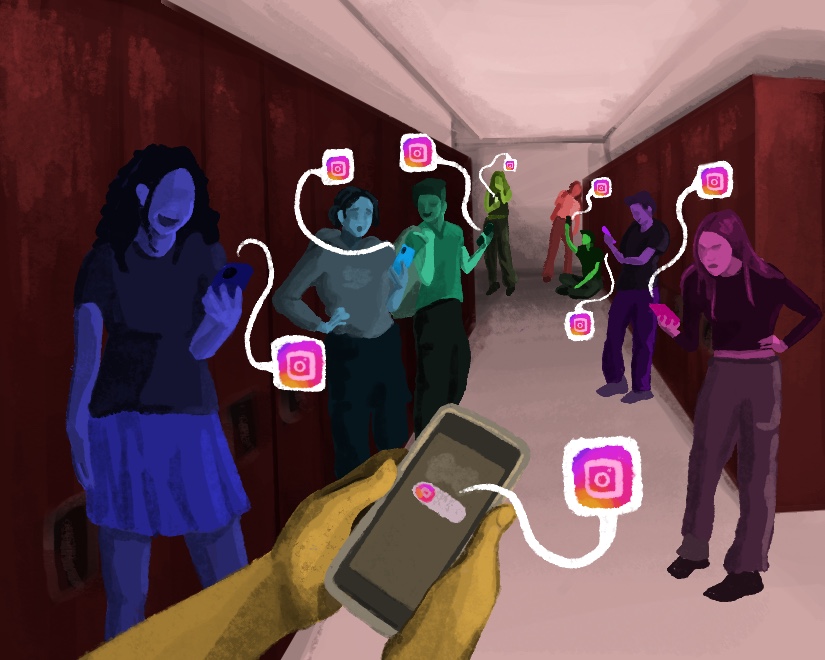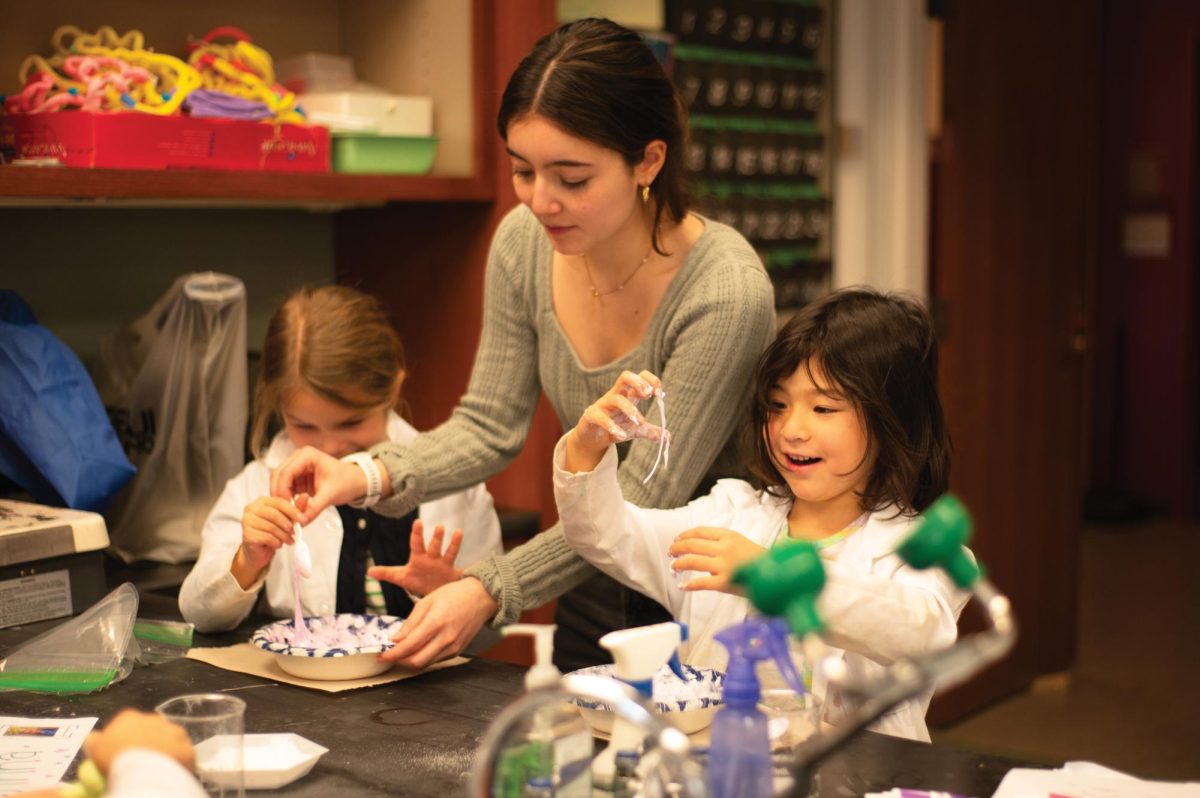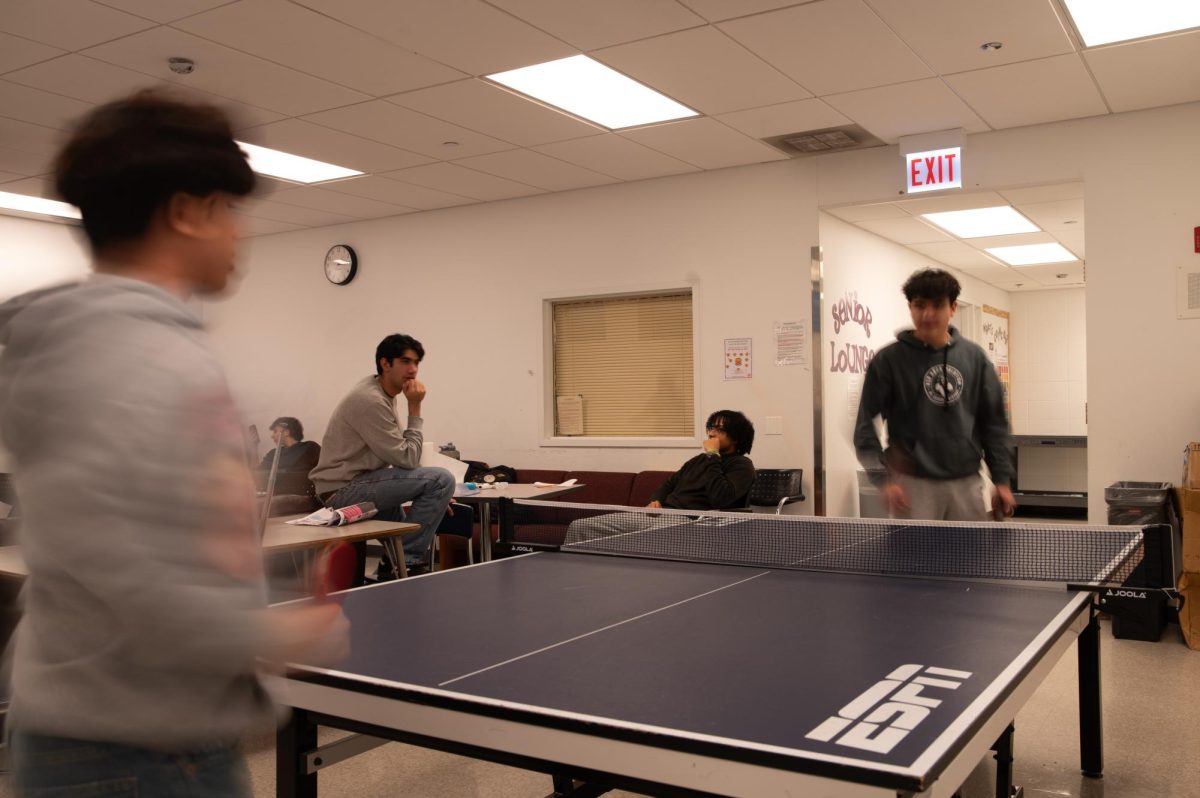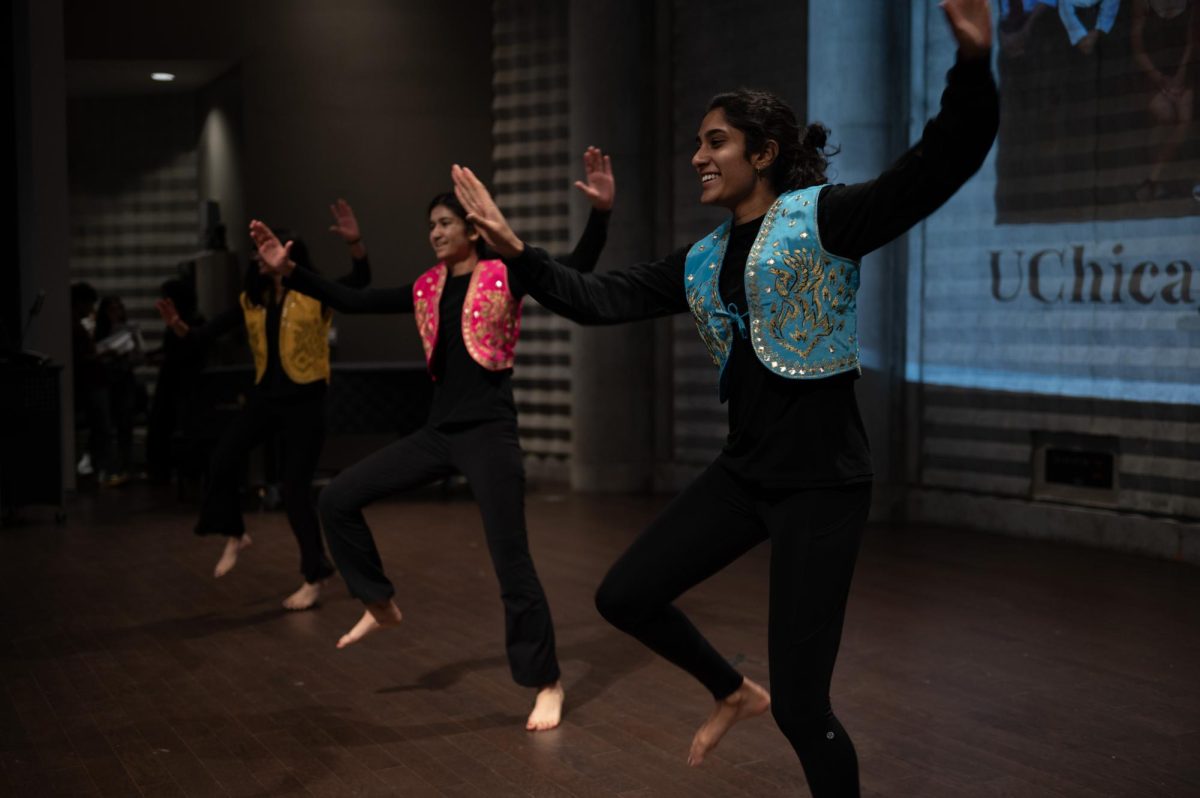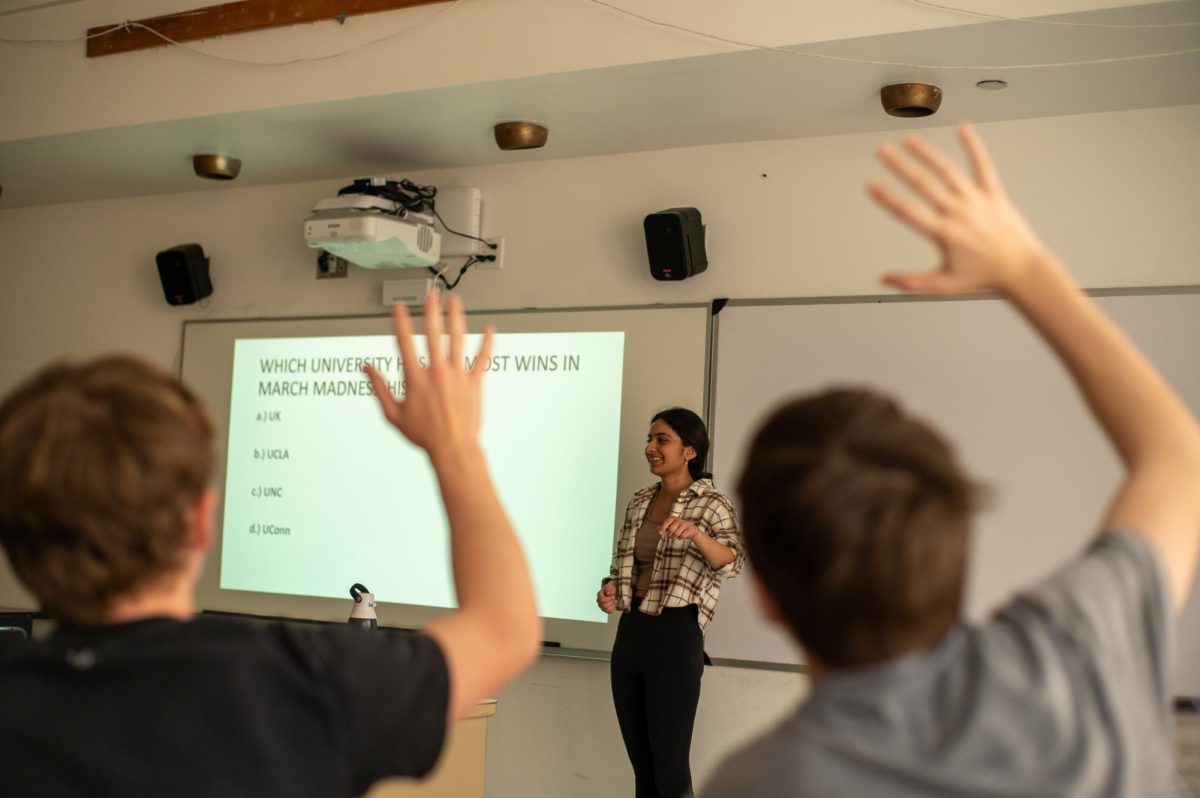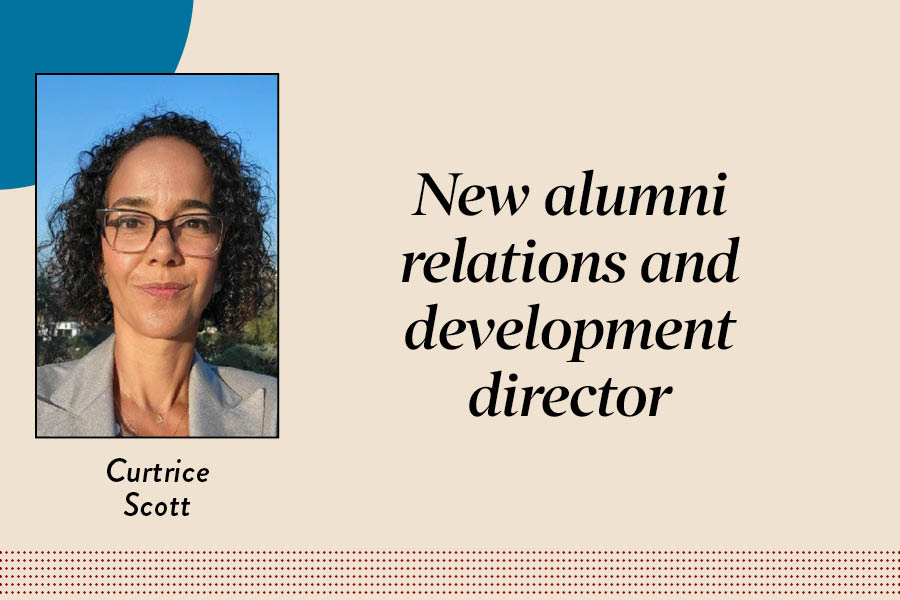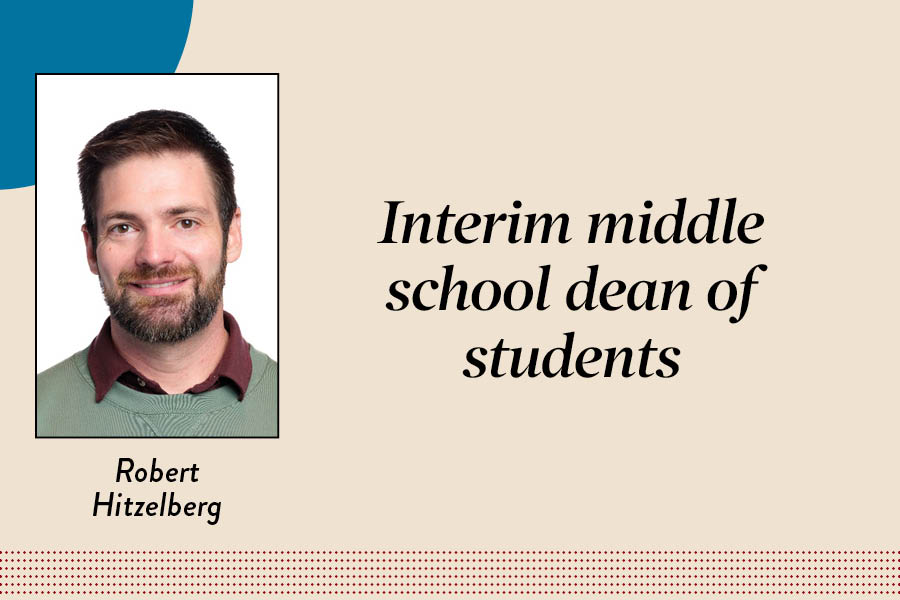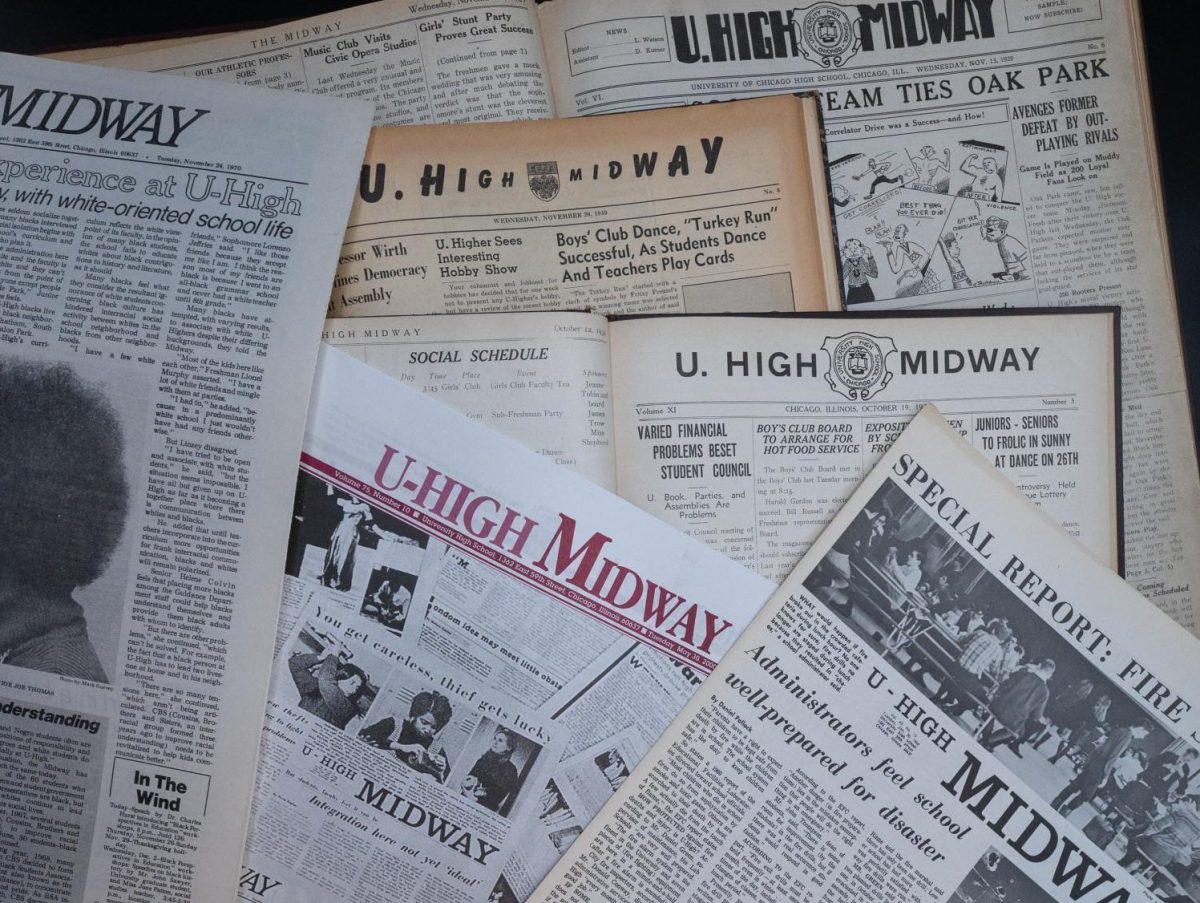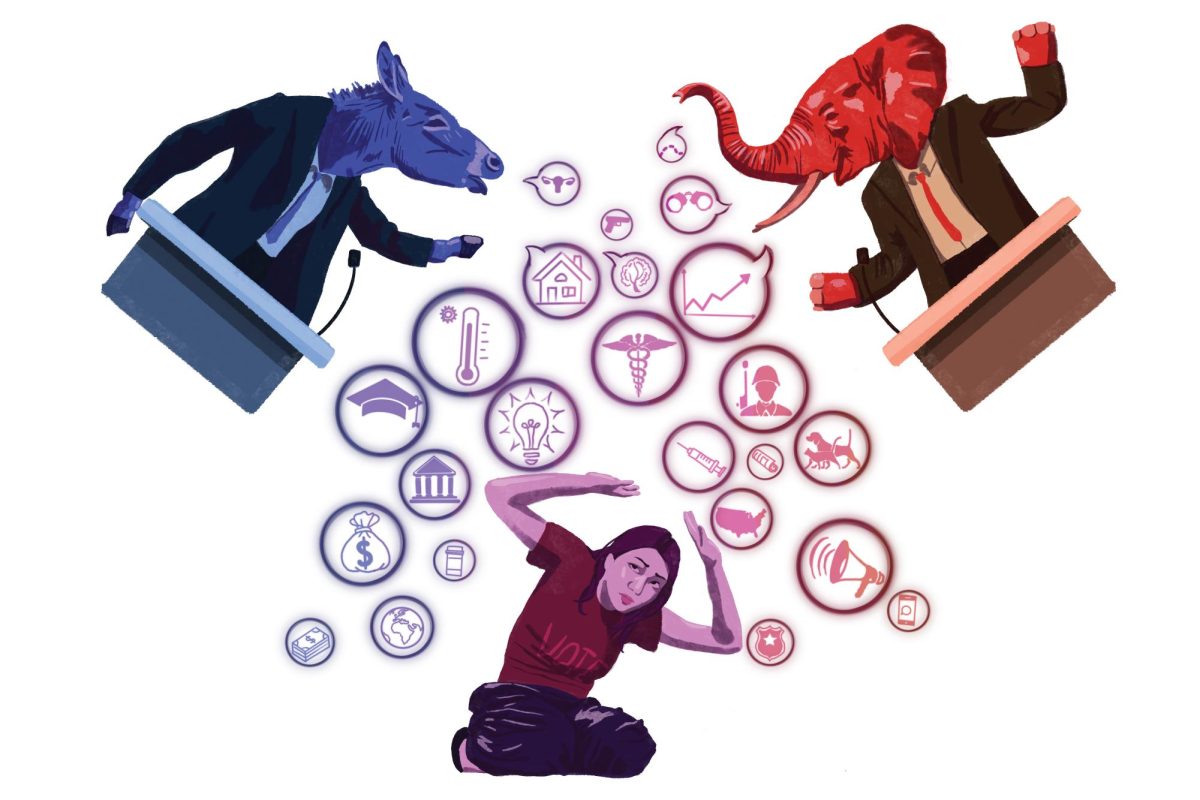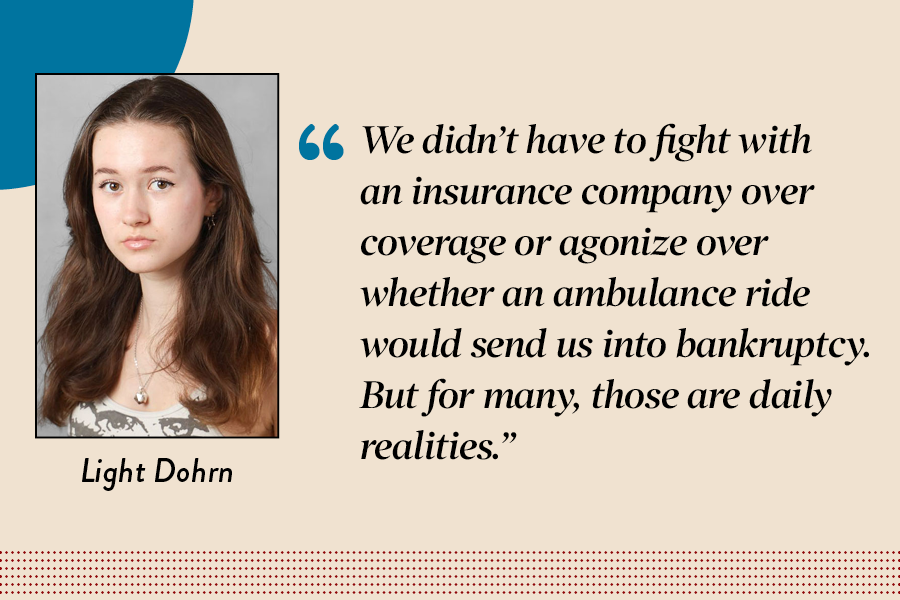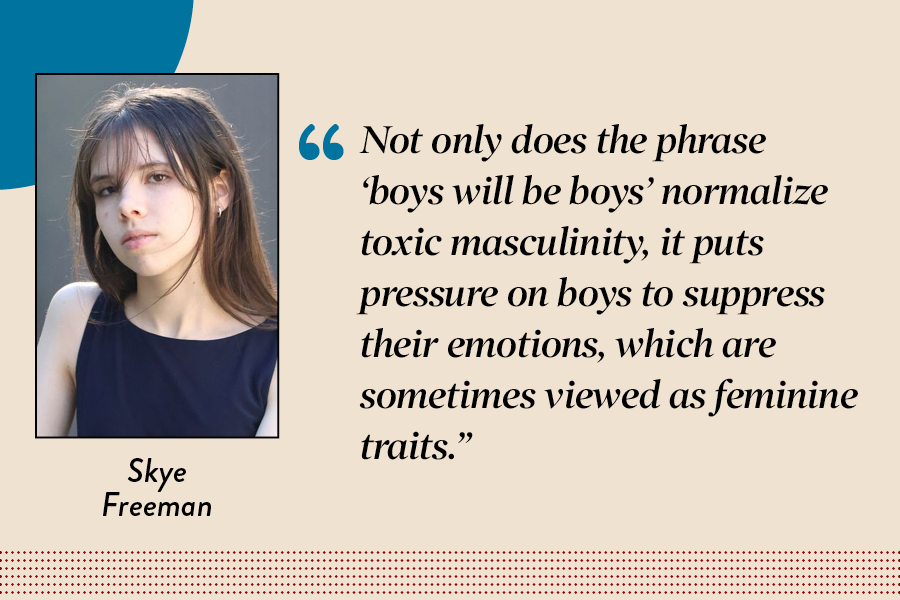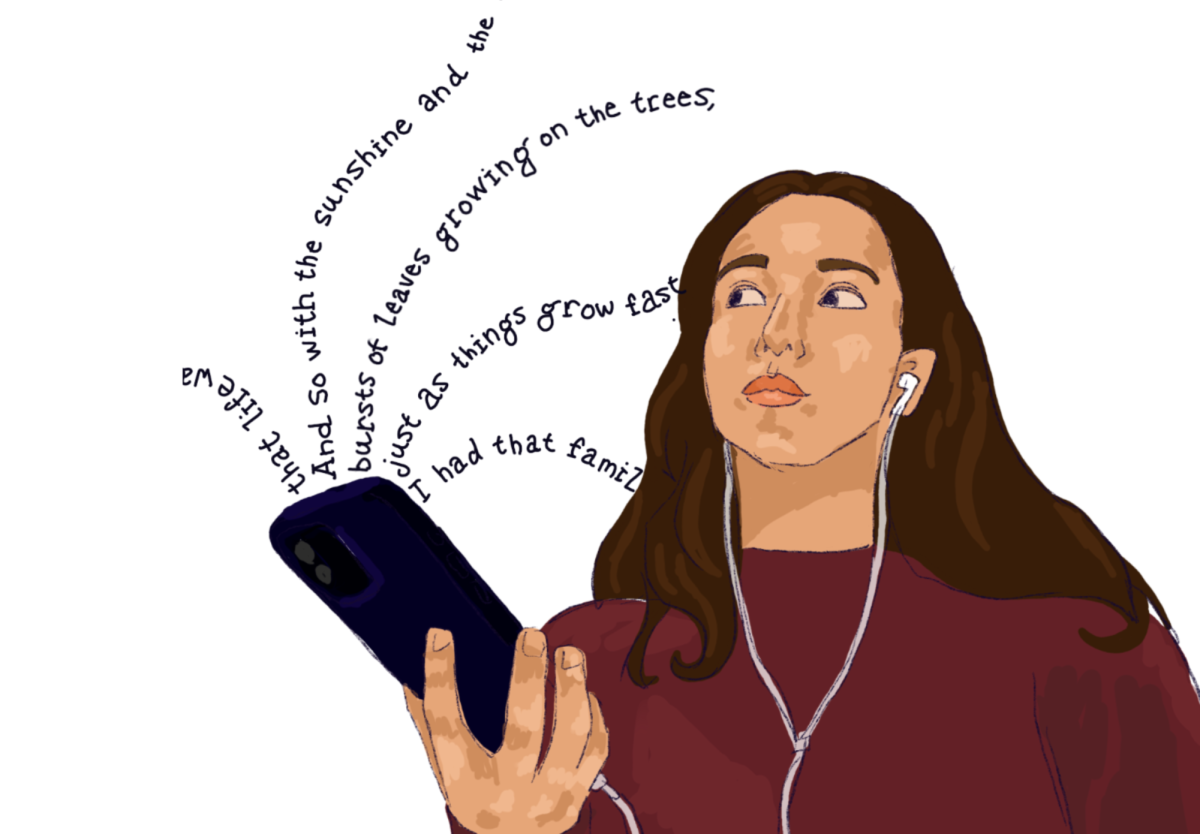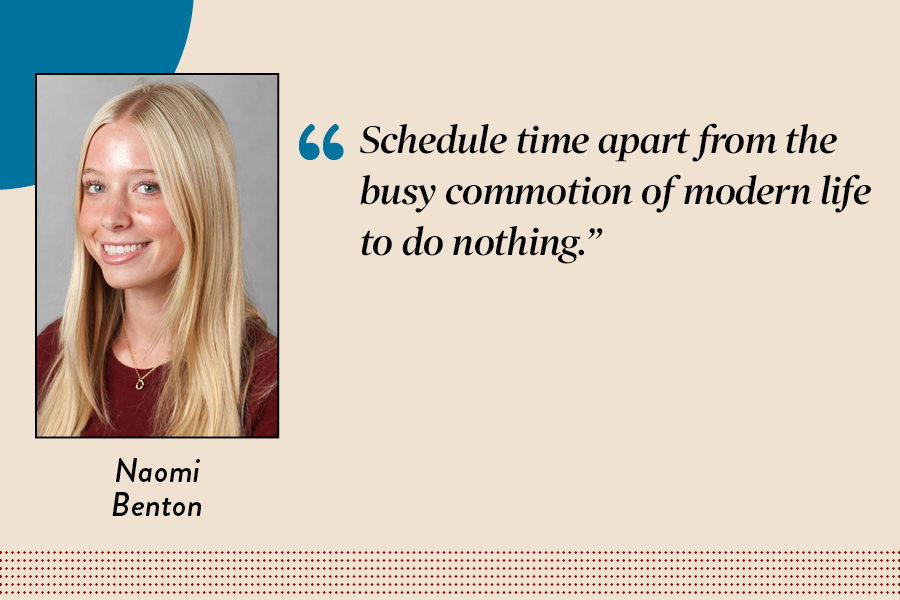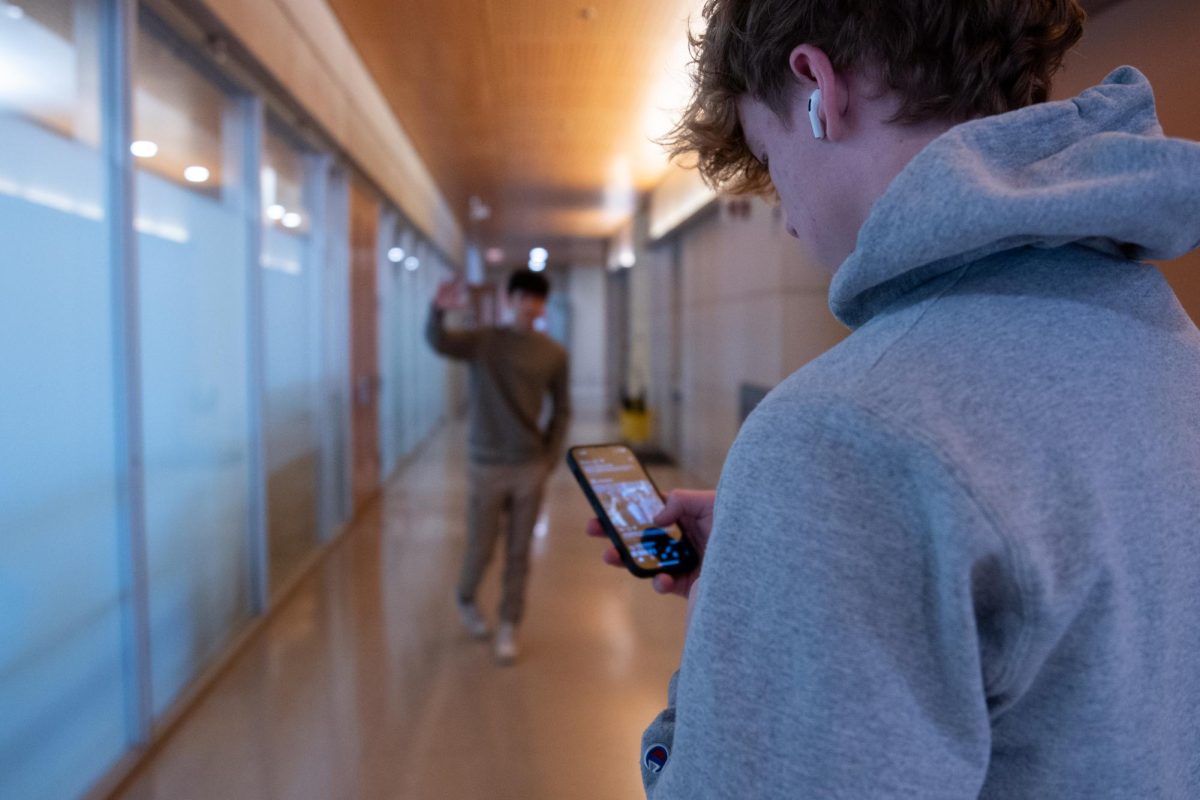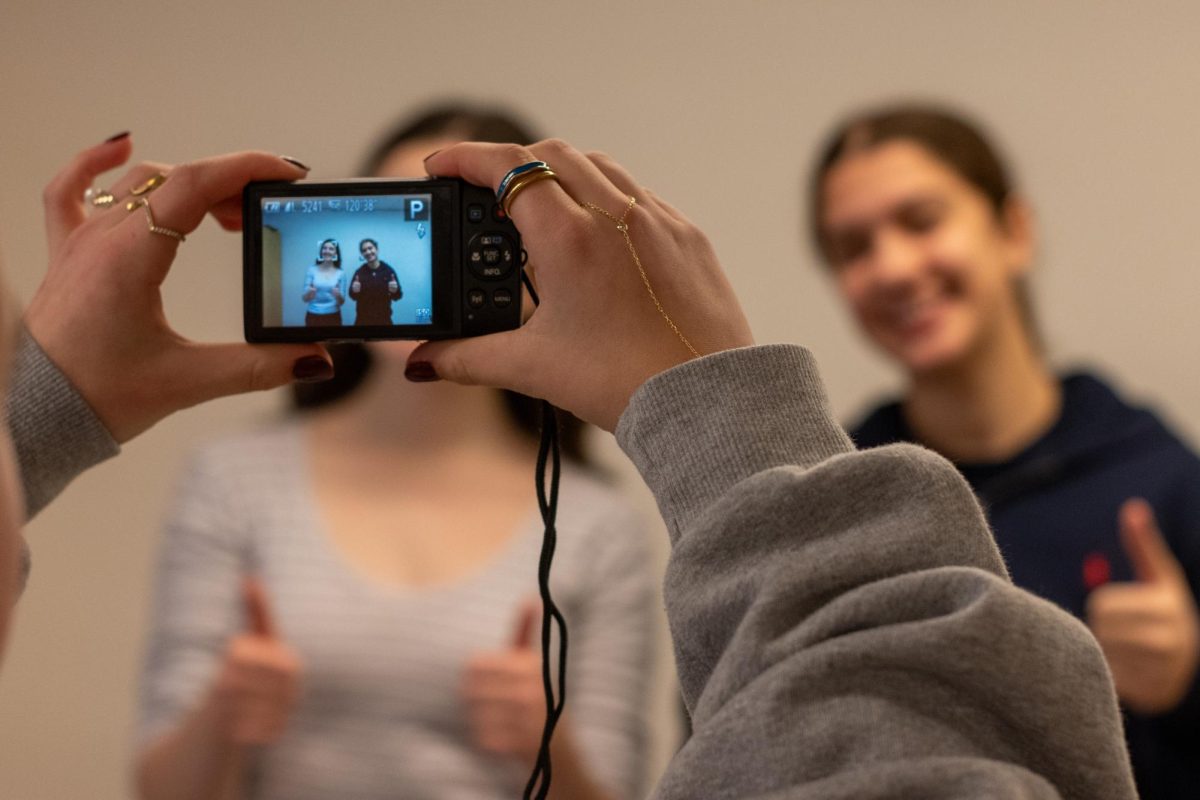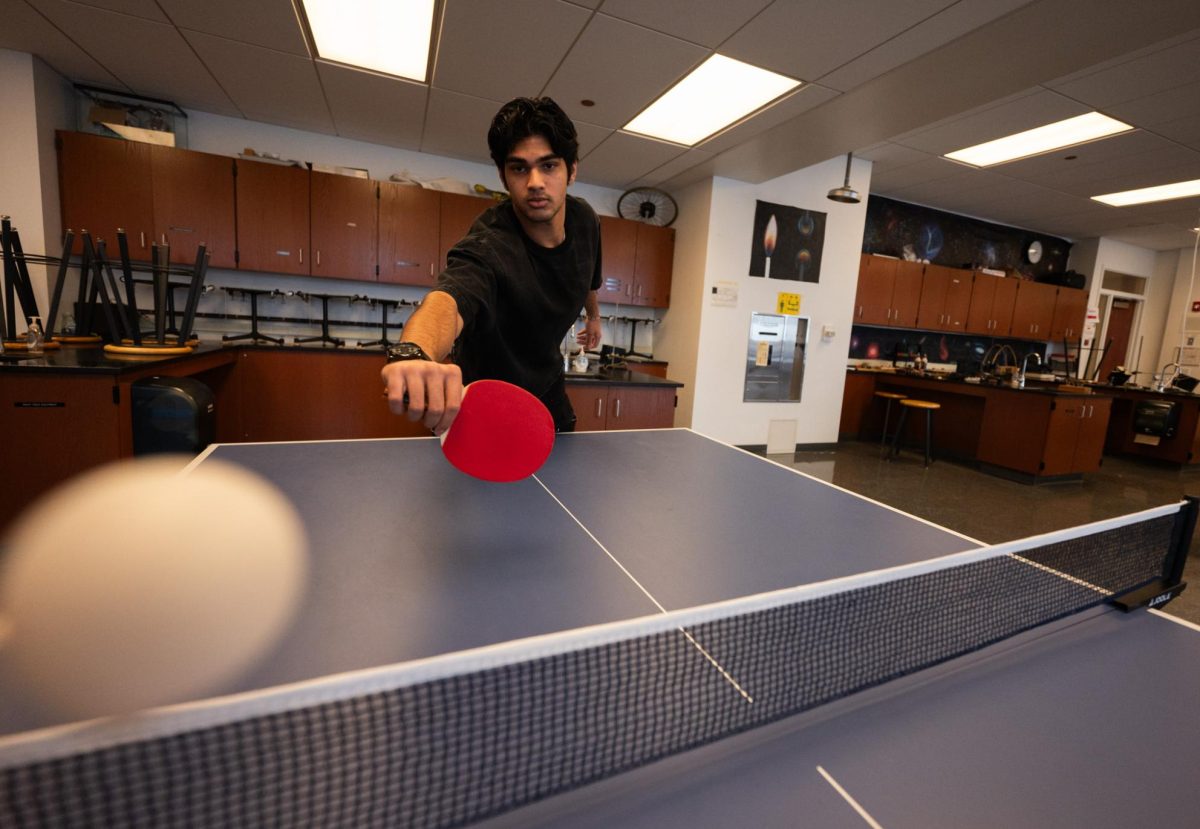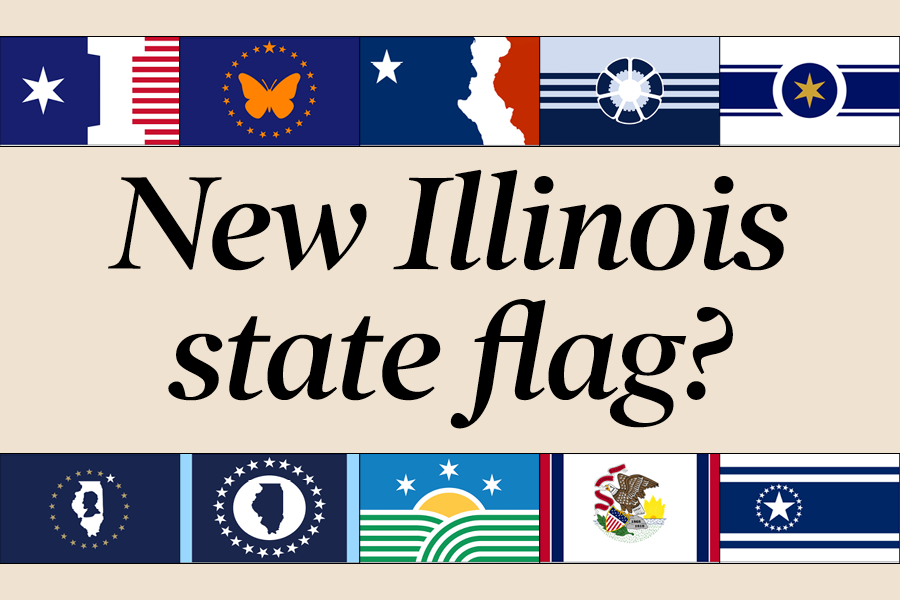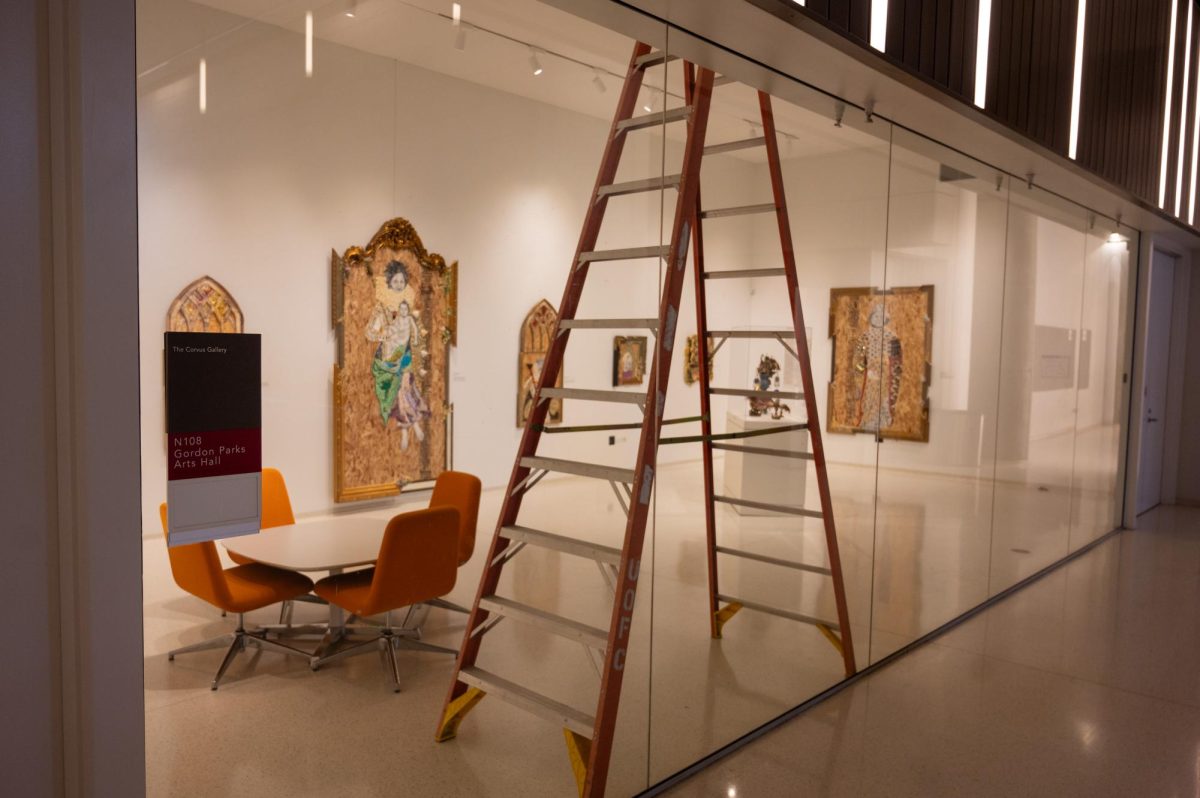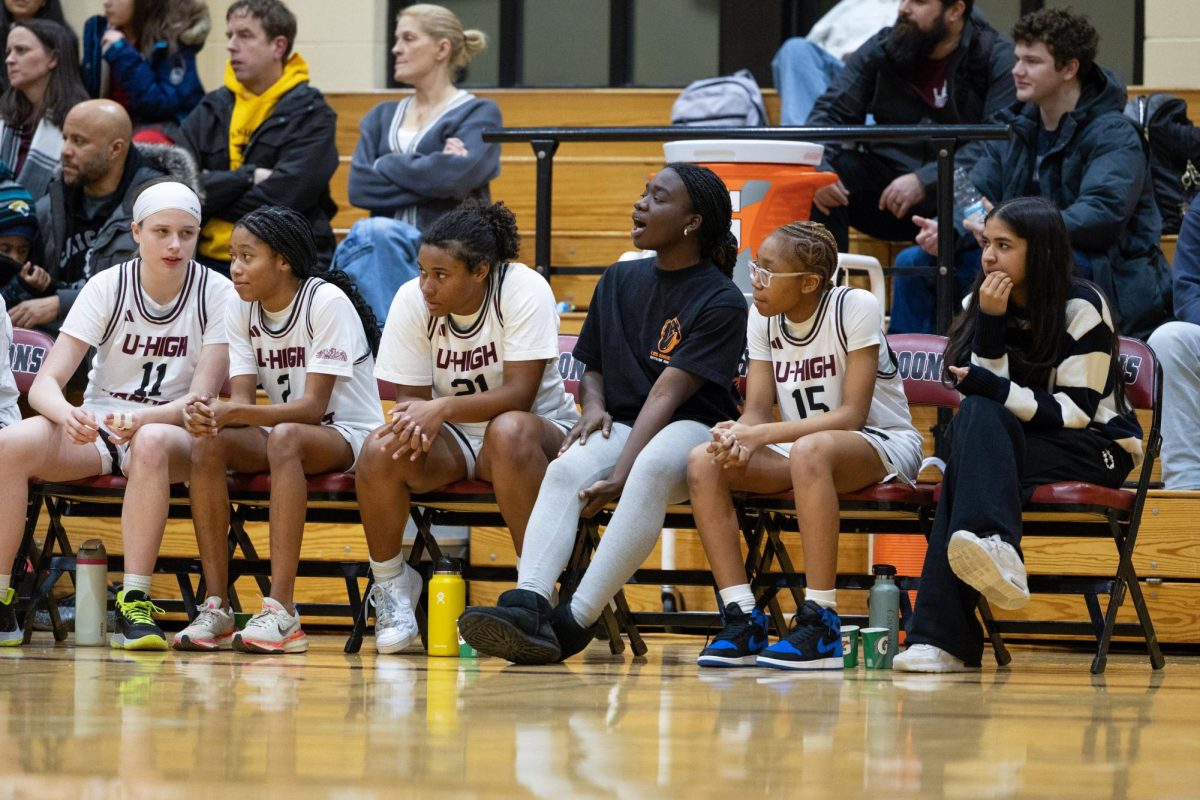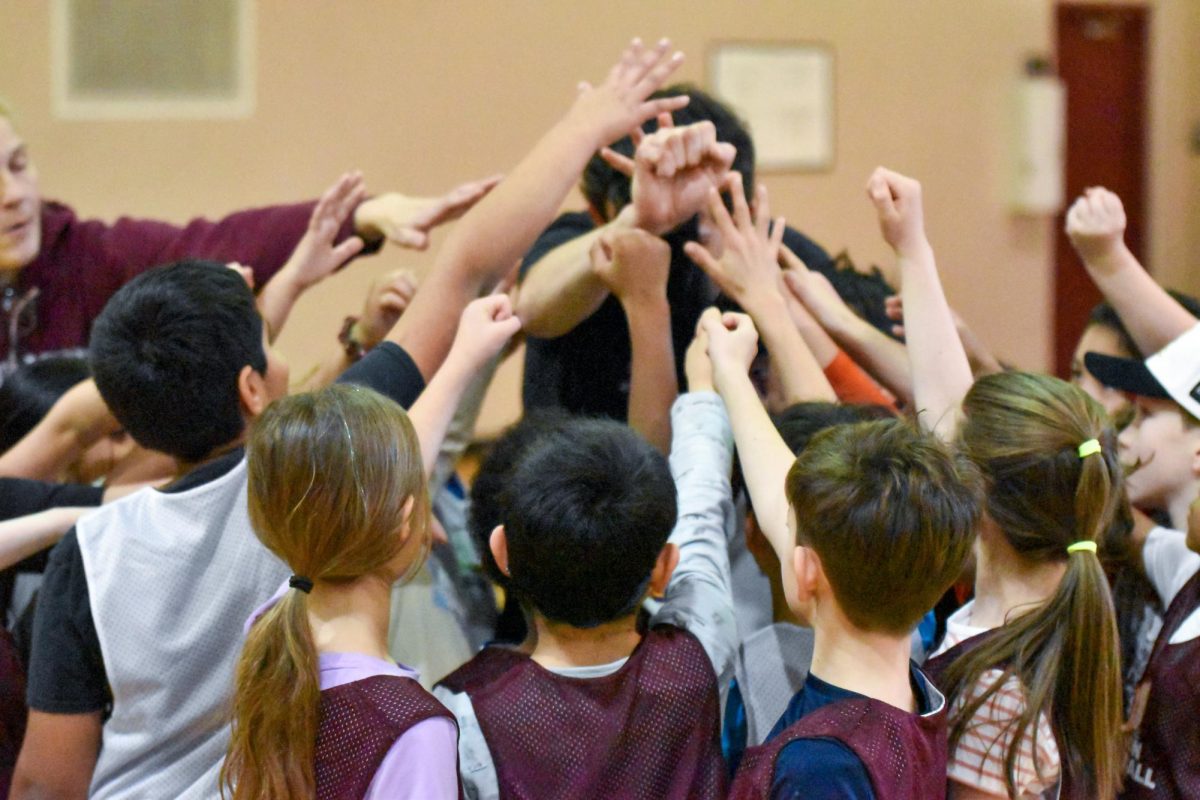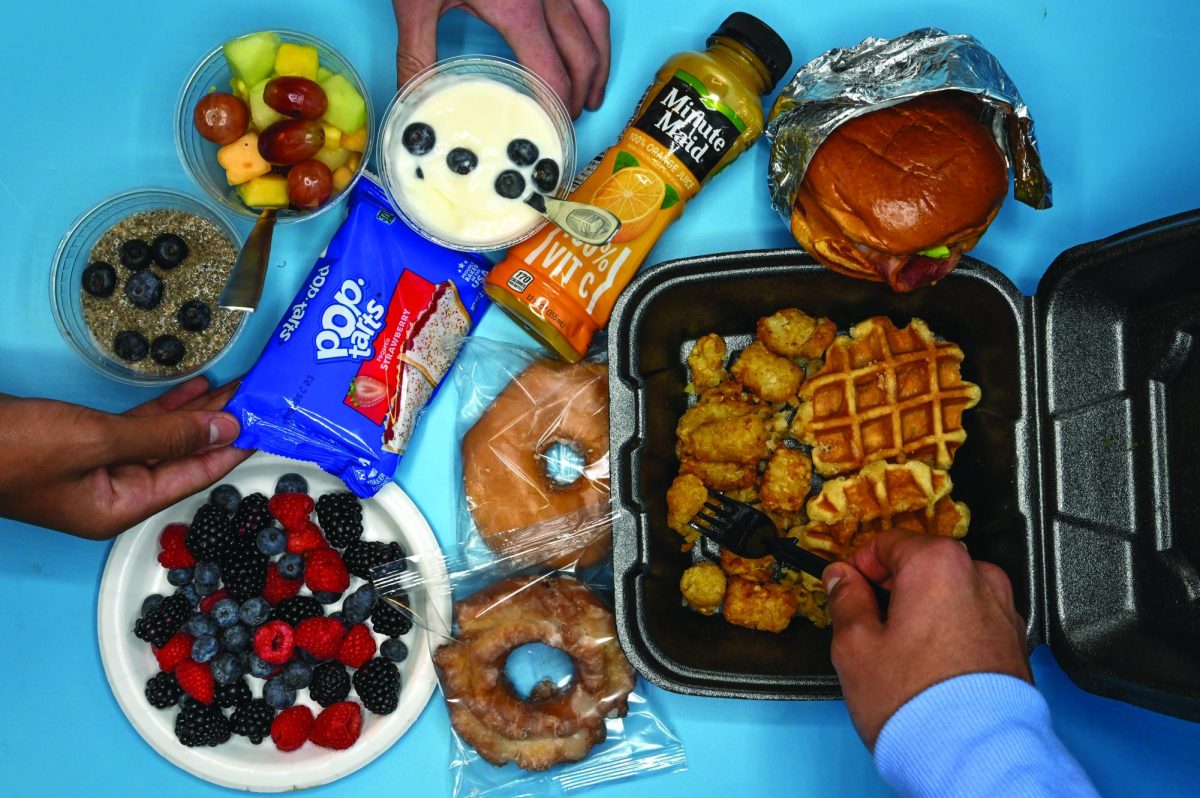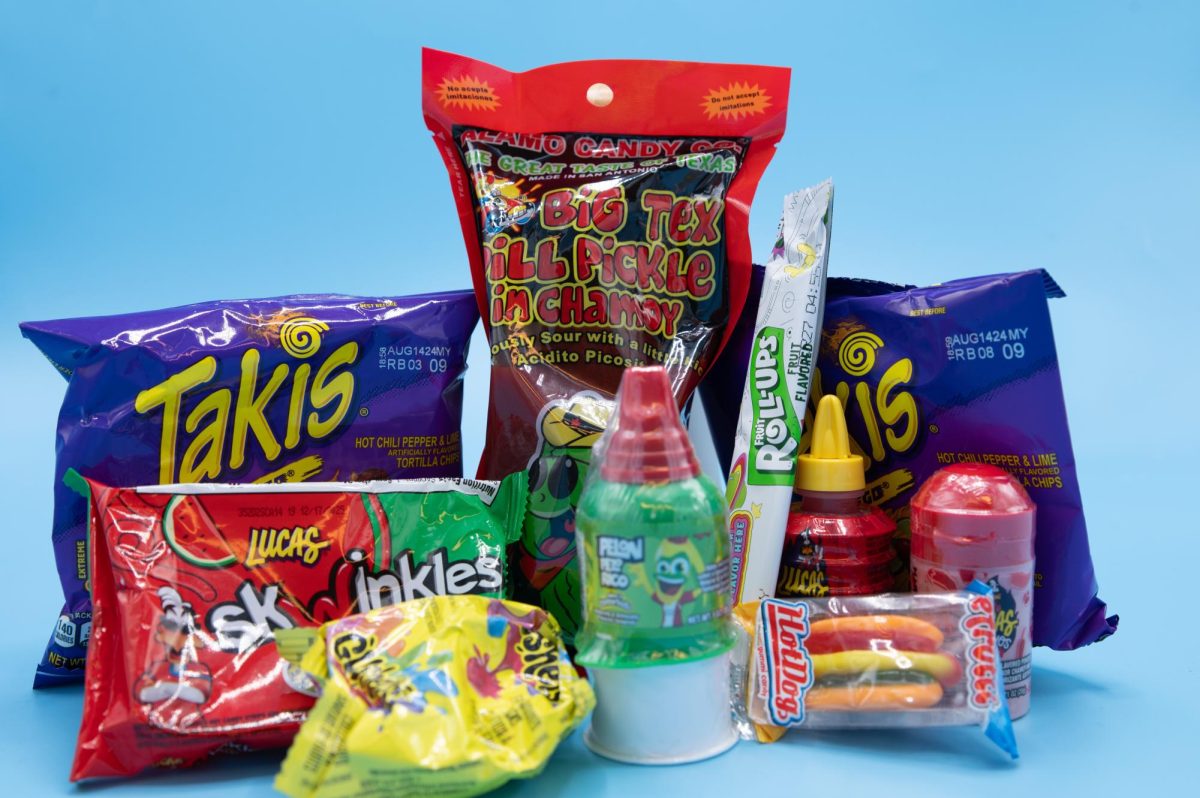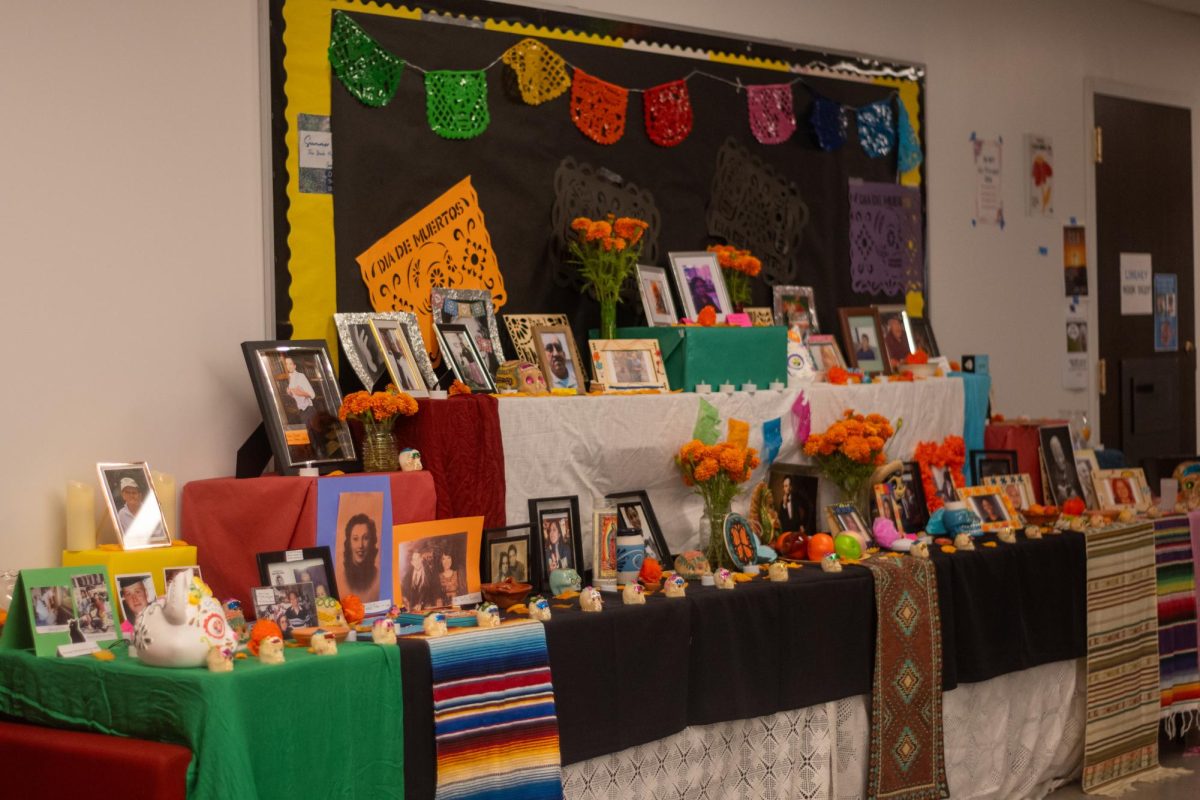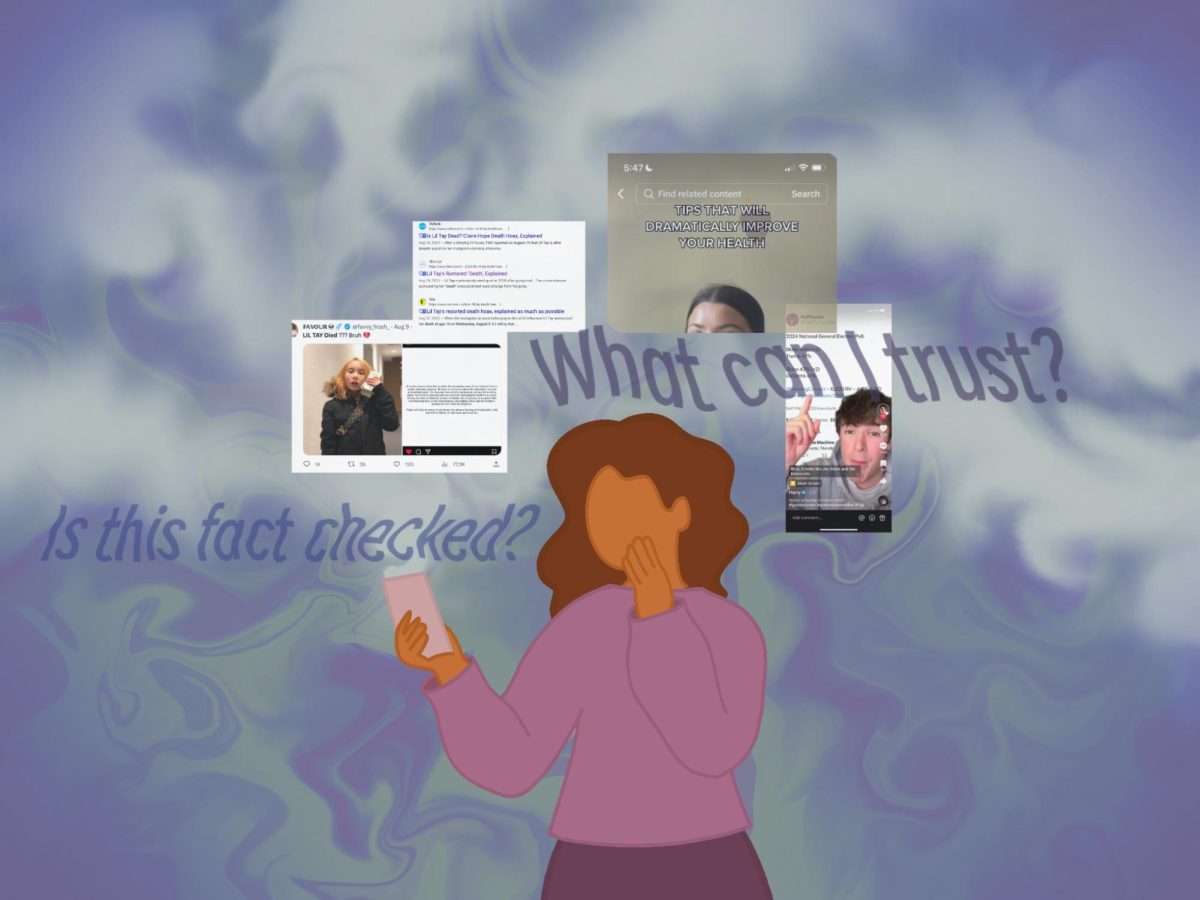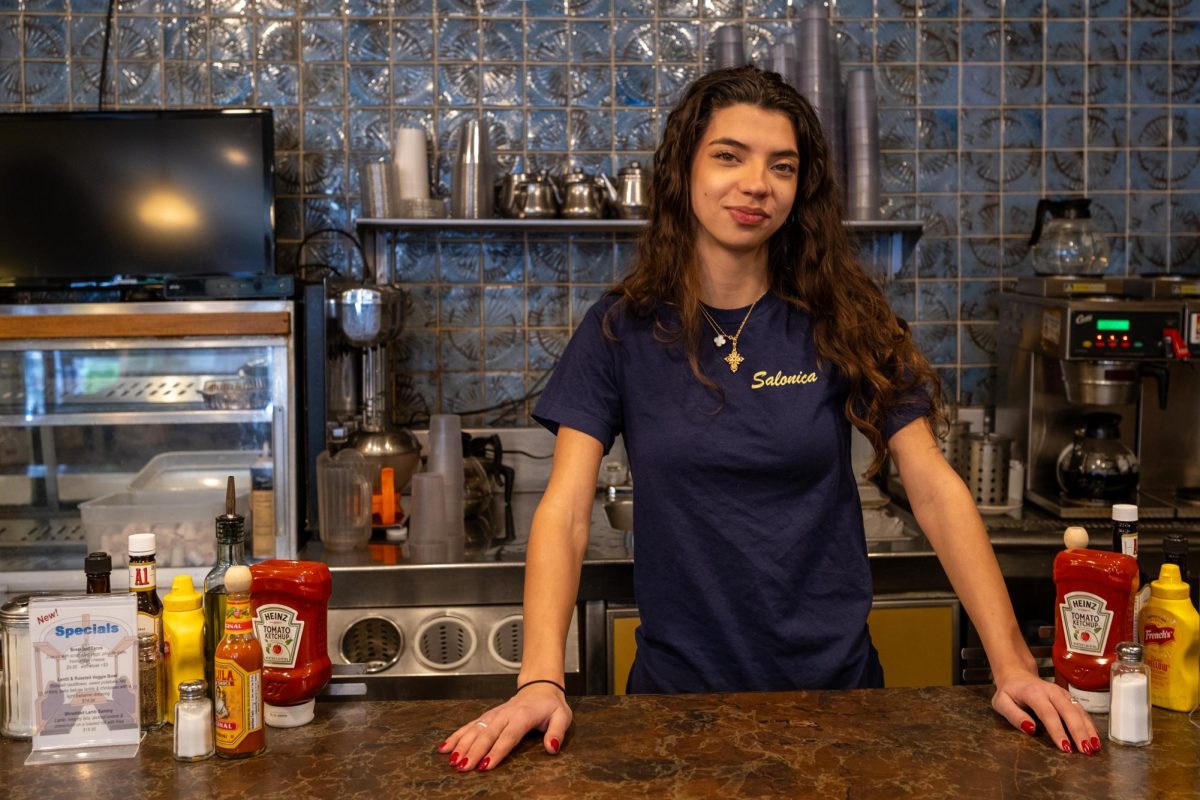It used to just be a step-by-step cinnamon roll tutorial. A group dancing in sync to a popular song. Maybe a few ferrets, compelled by their owners to dance along to a catchy tune. But more and more, social media has become a place for creators to spread what they consider news. A claim about how COVID-19 is transmitted. An assertion about a coming election. Even a bogus death notice of a popular influencer.
Nearly a quarter of people younger than 30 get their news from TikTok on a regular basis, a recent study from the Pew Research Center found. Users, from Gen Z especially, find that creators on popular social media platforms can be useful and appealing sources of information. Still, there are risks.
“In some ways, they can be really helpful and we can trust them if they’ve earned our trust. But in other ways, you need to maintain your skepticism because you have to realize that they aren’t doing original reporting or they are not journalists,” said Stephanie Lynn Edgerly, a professor and associate dean of research at Medill School of Journalism at Northwestern University.
In August, a post appeared on the instagram account of Tay Tian, known as Lil Tay, announcing the death of her and her brother. It sparked a flurry of attention mourning and reminiscing on the internet personality, who had faded from the spotlight as a pre-teen several years ago.
The post was wrong.
A day later, Lil Tay and her brother announced through their family that they were alive and that the account had been hacked.
“I definitely believed Lil Tay’s death at first,” sophomore Bayaan El-Bawab said. “When I found out it was fake I was really annoyed because it seemed like such a terrible thing to lie about.”
Sometimes, people are drawn to a particular influencer who they come to trust over time. This year, a report from the UK’s Reuters Institute for the Study of Journalism found that in terms of news, audiences are paying more and more attention to these social media creators over traditional reporters. In other cases, anonymous or lesser known posters spread information which gain popularity on outlets like TikTok and Instagram.
“I definitely know a lot of people who get a lot — if not all — of their current news from social media,” said Justin Salomon, a ninth grader.
Ava Cohen, a junior, said that she gets most of her news from The New York Times and other traditional media outlets. Still, like her peers, she sees reports — especially about lighter topics — on social media.
“There have been times where a friend or myself have just assumed the information is correct because it’s more pop culture related,” Ava said, “but usually it’s more funny that we believed the story in the first place.”
There is a reason behind this shift in where young people are getting their news, Dr. Edgerly suggested.
“I think a lot of decisions that mainstream news media make are not geared toward the target audience of teenagers or young adults. I think they’re serving people who are homeowners, who are parents, who are retiring,” she said. “I would say it’s probably, one part, distrust, but I think it might be more a part of feeling unattached, or feeling like you’re not the target audience for some of these news media, and therefore you look elsewhere.”
Relying on influencers for news becomes a problem when they step out of their field of knowledge, potentially misleading followers.
“People can have this kind of expertise in certain domains. It might be fashion, it might be sports, it might be science and technology. But I think where that starts to get a little blurry with the psychology is when those lines are crossed,” Dr. Edgerly said. “We get people who we know are really popular or have some sort of expertise or notoriety in fashion, talking about a political issue. Or in sports and they talked about political issues.”
Where this leaves students is working to sort truth from fiction themselves.
“It’s a lot easier to get more reliable information from these newspapers: they’re edited a lot more closely than just social media posts,” Justin said. “Not saying that social media posts are bad for getting information — some can be pretty useful.”

